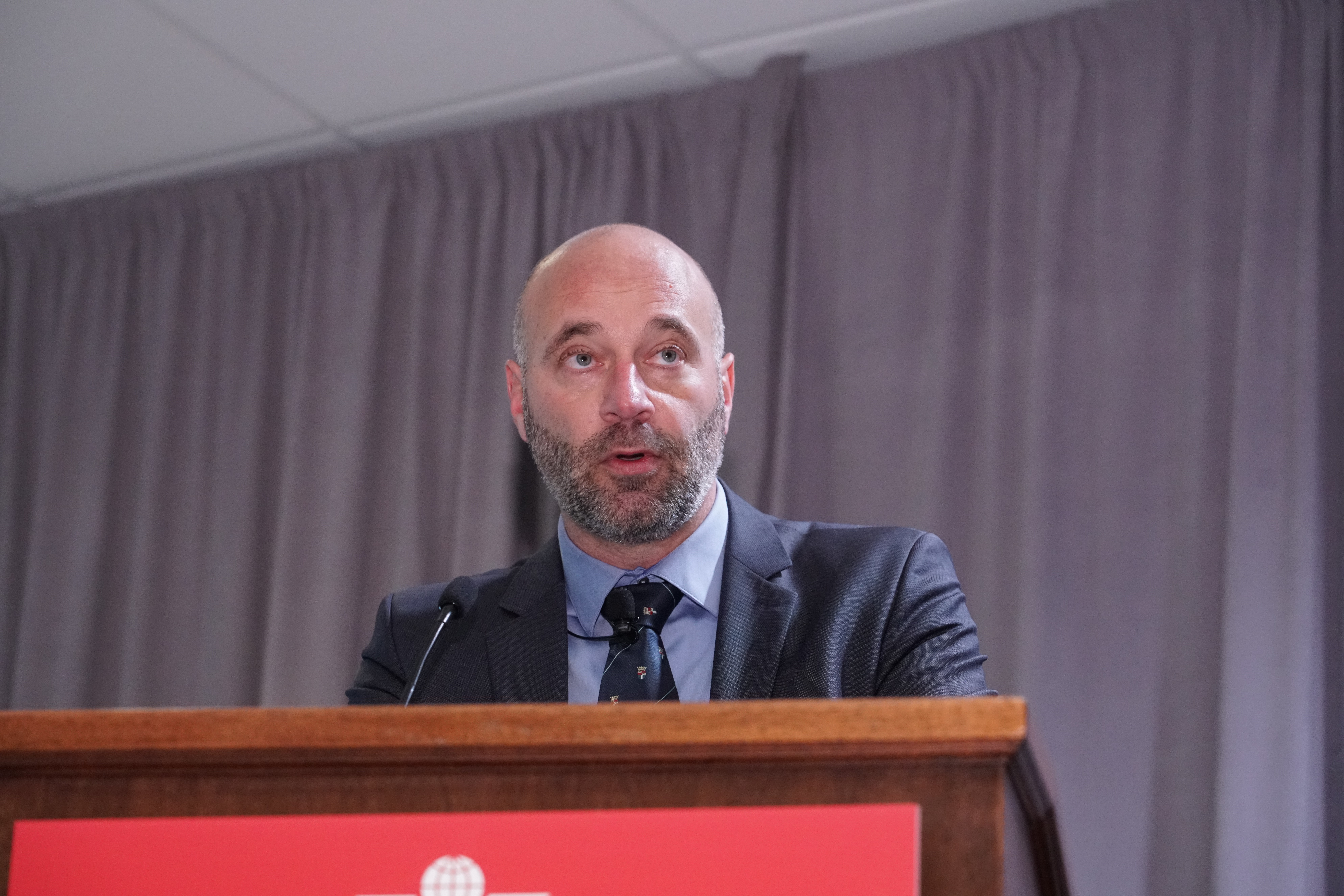Aviation security, from a passenger screening perspective, is focused mainly on innovating within the existing security checkpoints. Interesting innovations are now being implemented, resulting in a higher level of security, as well as efficiency gains. Examples of some of these innovations are CT machines and the introduction of Automatic Tray Return Systems.
These innovations are focused on the limited square meters available in the security checkpoint itself. Looking at the spectacular growth in numbers of air travellers predicted, the capacity of security screening must grow as well. The problem being a security checkpoint is not easy to scale and if capacity is not increased, it will result in more pressure on the checkpoint itself and in much longer waiting times for passengers.
Additionally, threats spread out to landside as well, as we for example witnessed at Brussels Airport and Istanbul Airport. Being able to detect and act on possible threats at an early stage would be beneficial.

Taking a broader view
While Avsec is mainly focusing on checkpoints, Airport Operations on the other hand are taking a broader view. By looking at the whole customer journey, from home to destination, passenger experience is improved in every step they take. Sophisticated developments are deployed to fulfil the vision of seamless flow and place passengers more in control. Innovations such as bio metric tokens, lead to greater potential an boos passenger experience.
The question that arises is: Is it possible to combine the ambition of Aviation Security with that of Airport operations? Increasing the level of security and passenger experience at the same time, using new concepts outside the security checkpoint boundaries that increase the security level of an airport and lower the pressure on the security checkpoint itself?
Of course, landside is difficult to regulate, but adding sensors that could detect possible threats at an earlier stage, gives more time and information for proper action. Screening at an earlier stage can result in the expedited treatment upon entering in the security filter if there is no threat detected or enhanced screening when considered necessary. Such a process will lead to more efficiency in the security checkpoint and more convenience for most of the passengers.
Shoe Explosive Detection
Take for example Shoe Explosive Detection by taking off shoes, a time-consuming process that often ends with a bad passenger experience. What if shoes are screened up-front and the results of that screening are available at the beginning of a security checkpoint? The agent can give instruction and guide that person to a specific lane suitable for screening procedure like enhance or expedited screening.
If such a pre-screening process is valuable, what are the characteristics and conditions of such solutions to be able to fit into the seamless flow concept of airport operations?

Integrating pre-screening into security processes
From our opinion, it should be integrated in both the process of security and operational processes. Preferably it would be integrated in existing passenger touch points such as entry gates, self-service drop-off points, entrance of the waiting lines or into the security solutions such as security scanners itself. Detection must be autonomous in operation, so no extra security agents are needed, and it should be non-invasive so it will not interfere with the passenger flow. Finally results must be connected and be traceable to an individual person so measures can be taken on an individual level.
Requirements on characteristics
UV Optical Detection Technology scans the surface of an object for traces of illicit materials such as explosives. By its nature, this technology includes benefits that connect to the demands and characteristics as mentioned before:
Stand-off solution: The reflection of light will do the job, so no physical contact is needed.
Non-invasive: Screening at a high level of sensitivity combined with low false-alarm rate.
Autonomous detection: No one is needed for operations, no consumables are needed and the results can be integrated in existing user interfaces.
Seamless in operation: A scan unit is rather compact so integration in an existing touch point or other security device should be possible.
Fast screening: Scanning results are instantly available.
Related Insights
Detecting illicit trace materialshttps://sg11.nl/insights/detecting-illicit-trace-material/
Creating seamless flow from landside through security checks
With solutions based on UV Optical Detection, we certainly see possibilities in pre-screening procedures that could give enough information to inform security agents whether there are traces of illicit material detected on surfaces such as trolleys, shoes and documents.
We think it could be a part of the solution of the emerging challenges as mentioned: growth of passengers’ numbers, shifting of threats to landside and the security seamless flow concept. Preconditions to enhance or expedite security processes based on an individual is that landside screening and checkpoint screening are connected.
The IATA One ID program, created to reduce repetitive identity checks and create a seamless flow, could lead to a solution for this. Initiatives like these enable seamless flow and allow for more efficient security screening to be developed and integrated within airports.
Also, a long-term cooperation within the industry is needed, where airport security, airport operations and solution providers bring new companies and innovative solutions to the table. New working methods based on quick learning cycles that could speed up the process of development in general should be explored.
Conclusion
To cope with ever evolving legislation and growing numbers of passengers, we must find new solutions. It is new terrain where new technologies such as optical detection can have great benefits. With new technological possibilities and the innovation power of new companies in this field, we most certainly need an innovative approach to make it a success. An approach based on trials, in depth understanding and learning rather than an engineering approach.
No layout found for this module:



